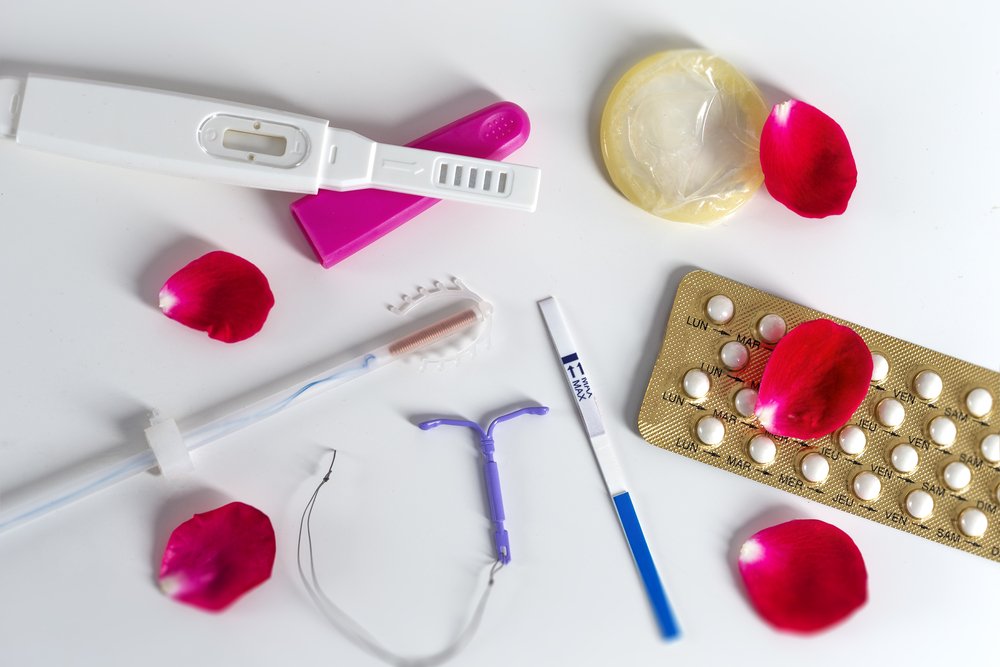Contraception

Contraception, which has only become generally accepted in the last 30 years, is a necessary part of modern life. She separated sex and childbirth, provided couples with fairly reliable control over the latter. Contraception can improve the quality of life of both ourselves and our children. It includes both personal and social responsibility.
There are many methods of contraception. Let’s consider the main ones.
The calendar method or intermittent abstinence is a method that must take into account the difference between the viability of sperm in the female genital tract (2 to 7 days) and the life of an egg (1-3 days), plus fluctuations in the timing of the onset of ovulation. Disadvantage of the method: it requires strict adherence to a large number of conditions, it is possible only with a clear menstrual cycle. If these conditions are not met, the risk of pregnancy is very high.
Barrier methods (condoms, spermicides) are currently very relevant due to the spread of sexually transmitted infections. The advantages of this method: provides protection against sexually transmitted infections and inflammatory diseases of the pelvic organs, reducing their likelihood by almost 50%.
A condom is the only contraceptive that protects against HIV infection. The disadvantage of this method is the possibility of damage (rupture) of the condom.
Spermicides – damage sperm cells, preventing pregnancy. Disadvantages: Not a reliable method, the pregnancy rate when using spermicides for 1 year is 30 – 40% – this is a high indicator.
Conclusion: in order to prevent pregnancy, the use of spermicides alone cannot be recommended, although this is better than a complete lack of precautions.
Intrauterine contraception (IUD, so-called spirals). There are several types of IUDs: IUDs without drugs, copper-containing IUDs, IUDs that release hormones.
Positive points: a reliable method of contraception, used for a long time (5-7 years), does not require regular use, which is convenient for women.
Disadvantages: not suitable for all women in terms of medical aspects, as there are contraindications for use. For staging and removal, a visit to a doctor is required. The IUD does not protect against sexually transmitted infections. Copper-containing coils increase the volume of menstrual blood loss, intensify menstrual pain. Therefore, women with initially painful, heavy menstruation should not use copper-containing IUDs; in this case, IUD-releasing hormones that do not have this feature should be preferred.
Hormonal contraception is the most common, highly effective means of preventing unintended pregnancy. The mechanism of action is based on suppressing ovulation. When used correctly, the efficiency is over 99%. The method has contraindications, therefore, in order to choose hormonal contraception, you must consult your doctor. Has different modes and routes of administration.
Daily (oral pills https://en.wikipedia.org/wiki/Combined_oral_contraceptive_pill) is the most studied and widely used method. It guarantees a regular menstrual cycle, a high level of contraception reliability. Disadvantages: daily medication is required, there is a risk of missing a pill. Vomiting and diarrhea reduce the effectiveness of contraception. Fluctuations in the level of hormones in the blood are daily.
The weekly (patch) is used once a week to ensure a regular menstrual cycle. A highly effective method. Provides a constant level of hormones in the blood (however, the level is high enough), disturbances in the functioning of the digestive system do not affect efficiency. Disadvantages: not recommended for women weighing more than 90 kg., A noticeable (visible) method of use is a patch on the skin.
Monthly (vaginal ring). It does not require you to remember about contraception every day, guarantees high reliability, regular menstruation, the lowest concentration of estrogen in the blood, and this level is constant. Vomiting and diarrhea do not affect effectiveness. The method is invisible, only the woman knows that she is using a contraceptive.